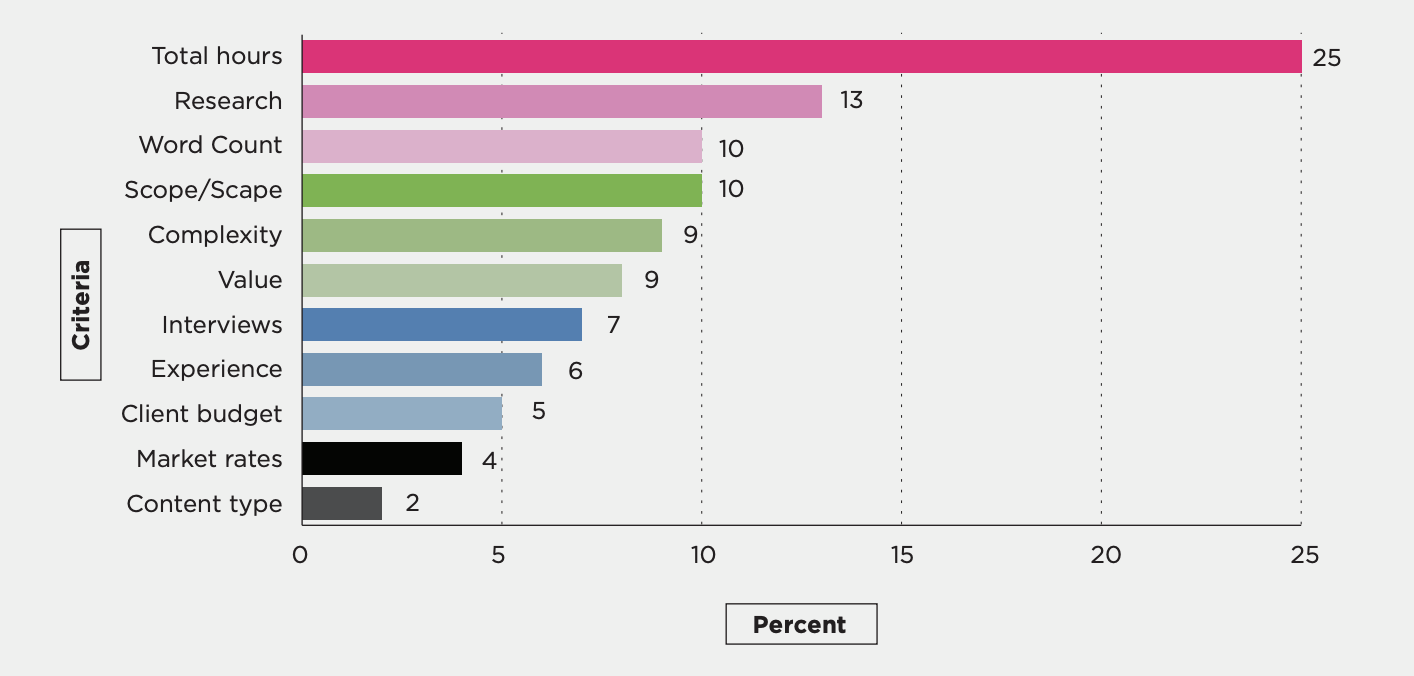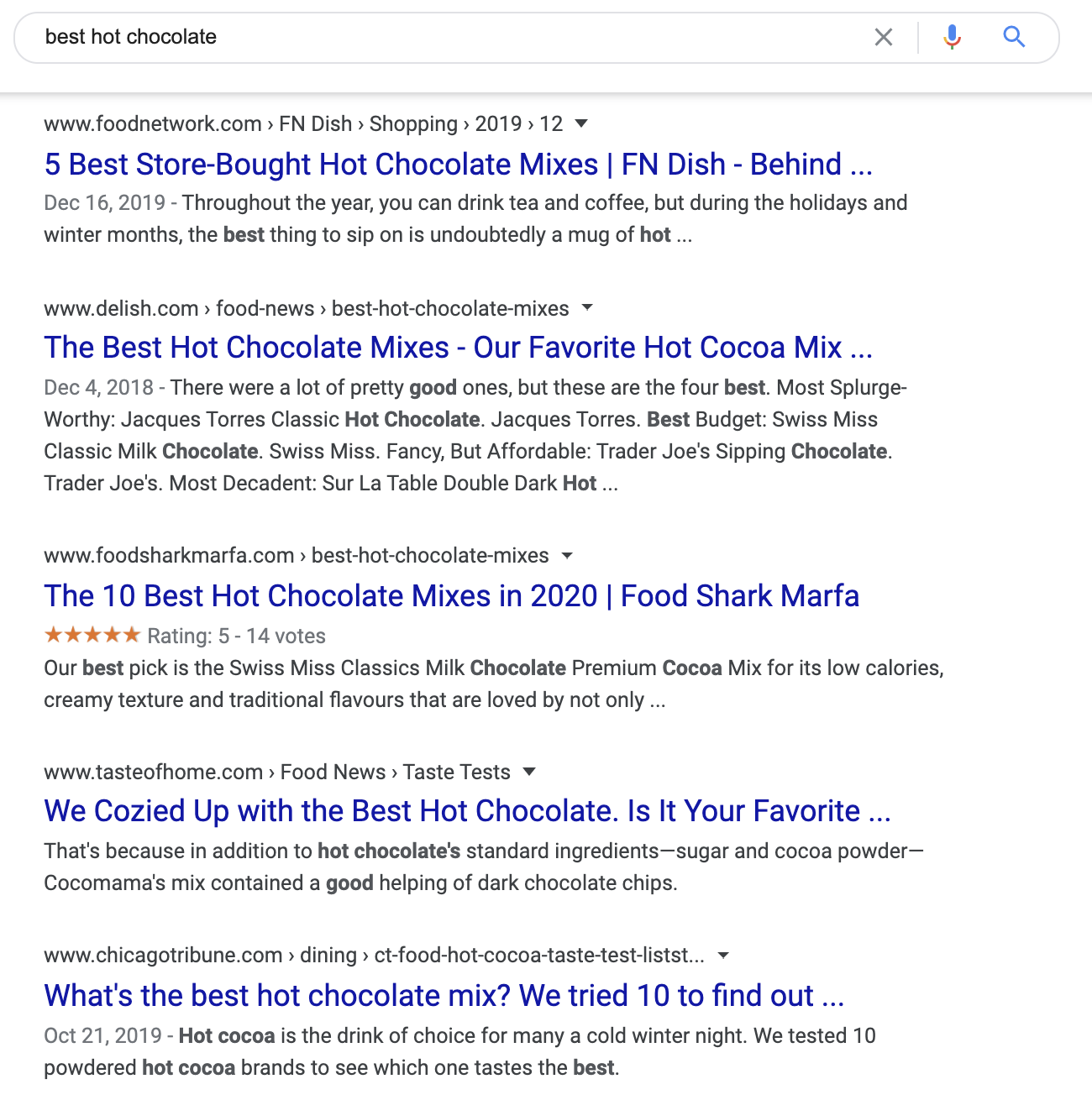How much will it cost to hire a freelance writer podcast
For a detailed analysis of the Freelance Writing Rates Benchmark Report, listen to the podcast. Christoph Trappe and I sat down to discuss things like:
How freelance writers price their projects
Whether or not it makes sense to set hourly rates
Whether or not a higher education degree is critical for writing and marketing
And more!
How much will it cost to hire a freelance writer report and infographic
If you’re interested in reading the full 34-page report about how much freelance writers charge, you can find it here.
Helpful note: The infographic has an embed code if you would like to share it on your own website.
Top 10 freelance writing rates stats all writers and marketers should know
1. The most popular highest form of educational degree for freelance writers was a bachelor’s degree (69%), followed by a master’s degree (20%), and, finally, a doctorate (1%).
The majority of freelance writers have a bachelor’s degree. While it’s helpful to have a master’s degree, it’s not necessary for success in freelance writing and marketing. Online writing and marketing trainging will service you well and be much more affordable.
2. 40% of freelance writers price per project
The most popular way freelance writers price their work is per project. Forty percent of participants indicated they price work on a per-project basis. Considering website copy was the most popular type of content, this isn’t surprising.
3. Only 18% of writers price per word
The data also showed the least popular way to price work was per word (18%), even less popular than hourly pricing (38%). This did surprise me, considering the second most popular type of content was blog content, which seems to be the easiest type of content to price per word.
4. 66% of freelancers find new work via client referrals, 57% through referrals from their freelance colleagues, and 46% through networking sites
Sixty-six percent of freelance writers said they find clients through client referrals. The second most popular way to find clients is through referrals from freelance colleagues (57%), and the third most popular method is via professional networking sites (46%).
The power of a freelance writer’s network can not be understated, as the qualitative data in this study showed.
Here is some advice about building a network from top-earning freelance writers in this study:
“Former bosses and coworkers have been my #1 source of future clients. If possible, work full time before freelancing so you can begin building a solid network.”
“Connect with other freelancers who do what you do or serve similar clients differently (e.g., a designer, business coach, etc.). Get to know them on a personal level and look for ways to support them genuinely. Often, referrals will grow organically from there.”
“Network like crazy and cultivate good relationships with clients once you are working on a project. You never know where it might lead. Look for interesting opportunities that will help you produce strong work samples.”
5. The top 5 criteria freelance writers use to determine per project prices are hours required to complete the project, research involved, total word count, scope or scale of the project, and the complexity of the product
The top 5 criteria freelance writers use to determine per project prices are:
Hours required to complete the project
Research involved
Total word count
Scope or scale of the project
The complexity of the product
If you are new to freelance writing or are considering switching to a per-project pricing model, consider these factors when putting together your proposals.
6. The largest group of freelance writers that charge per hour charge over $100 per hour
While the freelance writers that charge per hour, charge different rates, there is good news. The most popular hourly rate for freelance writers was over $100.
7. Over 60% of freelance writers charge over $50 per hour
Slightly over 60% of all freelance writers that charge per hour are charging at least $50 per hour.
8. Freelance writers with 8+ years of experience are charging over $100/hour
Freelance writers with over 8 years of experience are charging over $100 per hour, which is much more than people with less experience are charging.
9. The majority of freelance writers that price per word (only 18%) are only charging up to .35 cents per word and 49% are only charging up to .25 per word
First off, these rates are low, and less experienced writers are charging per word. Most participants (49%) that charge per word are only charging up to .25 per word, and the majority (over 69%) are only charging up to .35 per word.
10. Freelance writers with more experience are charging over $1 per word
While freelance writers, overall, are charging less per word, the data shows that freelance writers with more experience are charging much more per word than those with less experience.
For more information about how much freelance writers charge, download the full report now!
Hopefully, these 10 stats provide insight into how much a freelance writer will charge you and how much you should charge as a freelance writer. For more detailed information, including average and median prices for how much freelance writers charge per project for different types of content, check out the full report.















The Ultimate Freelance Writing Assets Bundle
Stop Hustling. Start Thriving as a Freelance Writer.
Does This Sound Like You?
You’re spending more time drafting emails and chasing clients than actually doing the work you love—writing.
You’re unsure how to negotiate contracts or if your agreements protect you.
You’re struggling to get clarity from clients, leading to endless revisions and frustrating miscommunications.
You’ve tried following the advice to “just be confident” or “send more pitches,” but it’s not leading to more clients or higher income.
You’re tired of feeling like an amateur even though you know you’re capable of delivering professional, high-quality work.
But the truth is, confidence and success as a freelance writer come from having the right tools and processes. You need a system that lets you work smarter, not harder.
You Deserve to Have It All—Without the Chaos.
Introducing: The Ultimate Freelance Writing Assets Bundle
Get Everything You Need to Run a Smooth, Professional, and Profitable Writing Business.
Imagine what it would be like to:
Feel confident pitching clients because you know your emails, proposals, and contracts are polished and clear.
Deliver outstanding work without the headaches of unclear briefs and revision chaos.
Focus on your passion for writing because the business side is finally under control.
Earn what you’re worth with the confidence to set and communicate your rates.
With this bundle, you’ll transform from feeling overwhelmed and undervalued to organized, professional, and thriving.
What’s Inside the Bundle:
First Contact Email Template to set the stage for trust and professionalism from the first email.
Onboarding Email Template to help you start new projects confidently and impress clients.
Cold Pitch & Follow-Up Templates to help you land dream clients consistently.
Kick-Off Call Checklist to make sure you never miss an essential detail.
Content Writing Brief to align with your clients’ needs and create content that hits the mark.
Proposal Template to present your services and win client trust.
Customizable Contract Template to protect your work and avoid misunderstandings.
Demand Letter Template to handle overdue invoices professionally and stress-free.
Rates Report to stay competitive and confident in your pricing.
Monthly Client Report Template to showcase your work’s impact and reinforce your value.
Invoice Template & Instructions for professional, clear invoicing.
Client Offboarding Template to end projects on a high note and leave the door open for more work.
Client Satisfaction Survey Template to gather insights and build lasting relationships.
This Isn’t Just a Toolkit—It’s a Business Transformation!
Imagine going from feeling like you’re barely keeping up, to running your freelance writing business with clarity and confidence. Imagine no longer guessing how to communicate, negotiate, or manage clients, and instead feeling like a true professional.
The Before & After:
Before:
Chaotic processes that eat up your time and leave you feeling unprofessional.
Frustration from unclear client expectations, revisions, and scope creep.
Doubts about your pricing and the value you bring.
After:
Clear, confident communication from the first email to the final deliverable.
Streamlined workflows and a polished client experience.
Higher earnings and lasting client relationships thanks to better processes.
Ready to Thrive as a Freelance Writer?
Don’t let disorganization and doubt hold you back. Get the tools you need to step into the professional writer you’re meant to be.
For a limited time, grab the entire Freelance Writing Assets Bundle for just $199.
Yes, I’m Ready to Transform My Business!